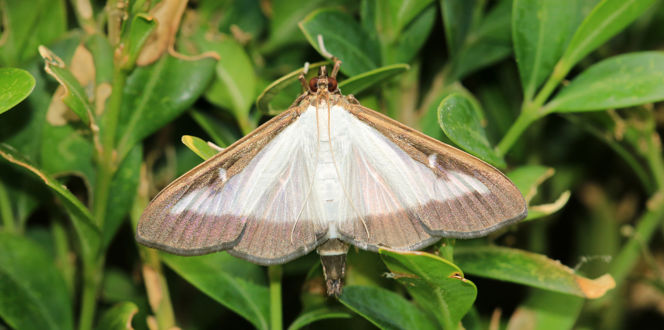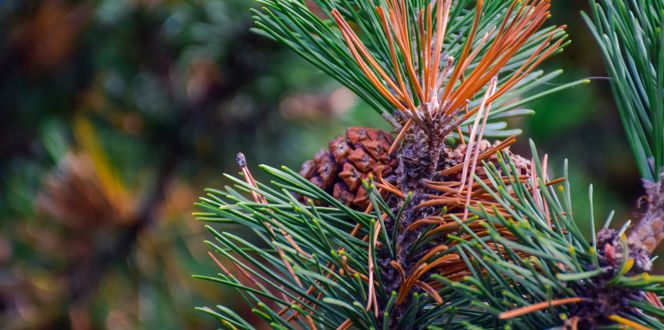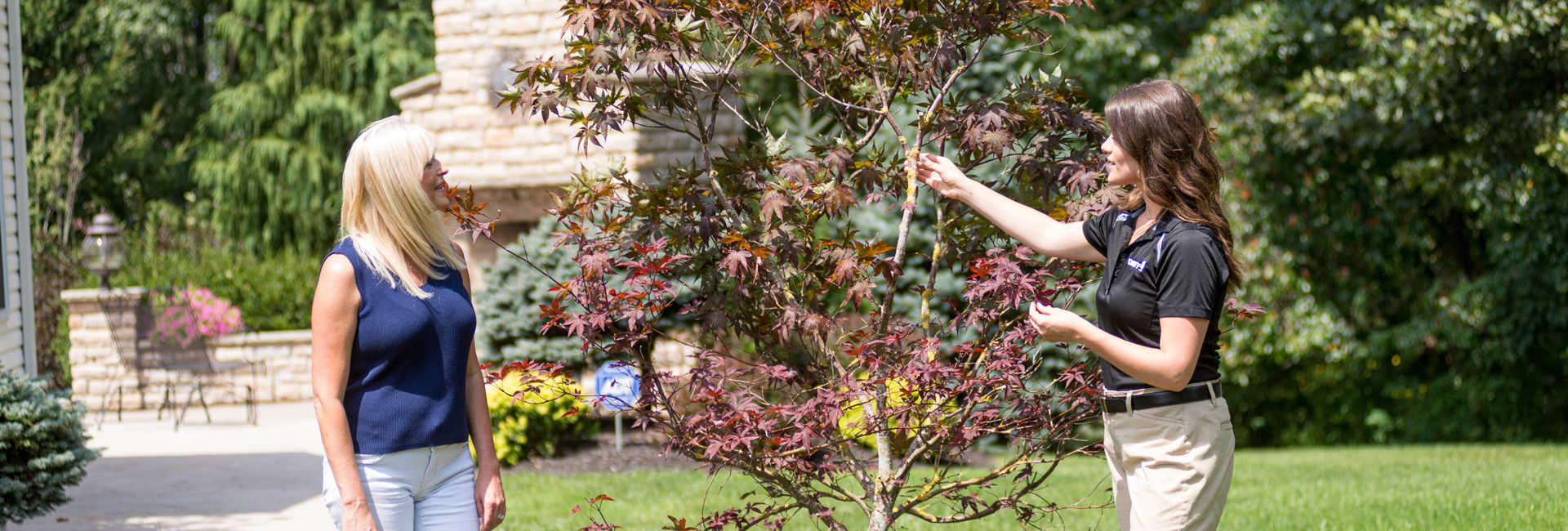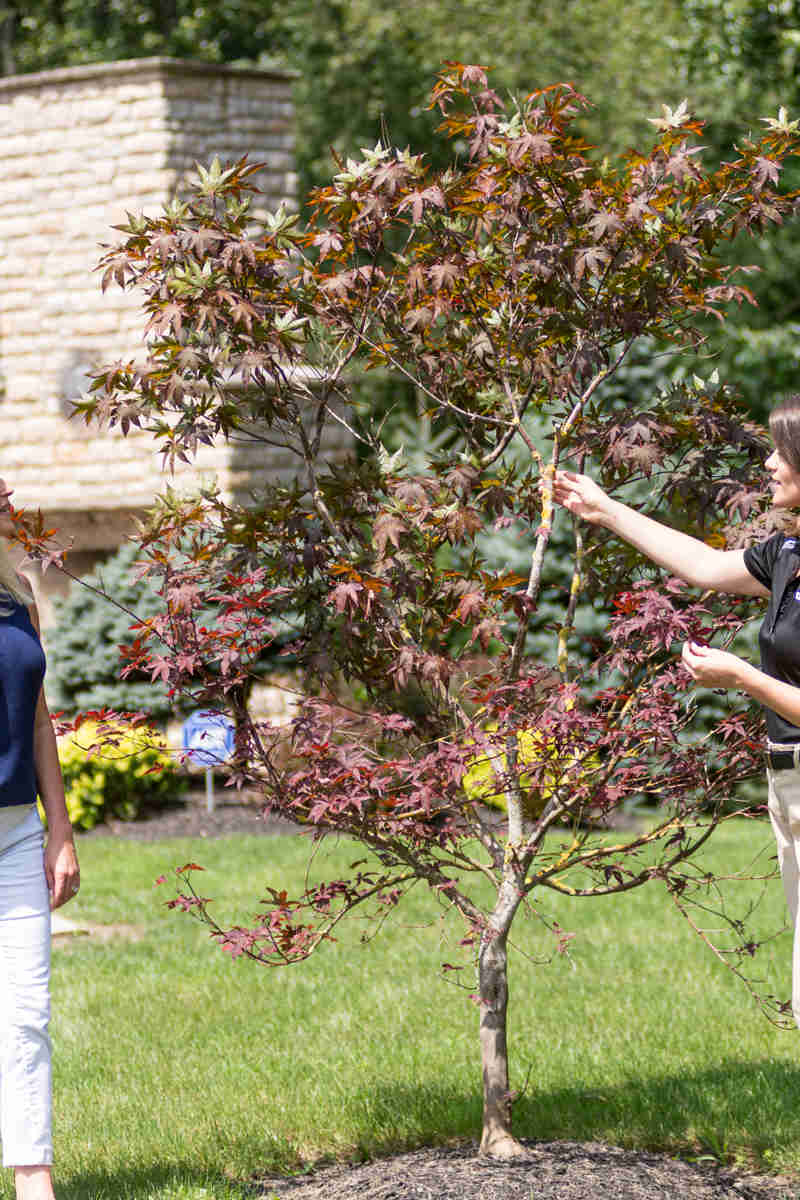Pine Sawfly Description:
Pine sawflies are conifer-feeding insects. They are categorized into two groups: spring species and summer species. Both feed on pine needles, causing the needles to turn yellow or brown. Sometimes the needles are completely consumed.
Hosts:
All pine sawflies reside in some parts of the eastern United States, but they affect different host trees based on specific locations within the region. In the Northeast, mugo, Scots, red, jack and white pines are susceptible. In the Southeast, pine sawflies target white, shortleaf, loblolly, longleaf, pitch, and Virginia pines.
Biology & Symptoms:
Female sawflies are equipped with a sharp ovipositor (stinger) that allows them to cut into pine needles and lay eggs. As a result, green larvae with a shiny black head emerge and actively feed on pine needles. Spring sawflies prefer to eat old pine needles, while the summer species consume the current year’s growth. Both groups initially damage needles causing them to turn yellowish-brown and drop prematurely. Larger larvae will consume entire needles. Left untreated, trees can experience slowed growth, or in some cases, death.
Management:
Pine sawflies have a few natural predators that help with pest management, namely birds and rodents. However, it is still best to get ahead of a potential infestation before it starts. Begin by inspecting trees in late fall through early summer and removing pine sawfly eggs. They look like small brown smudges lined up on pine tree needles. If a small infestation has already occurred, pine sawflies can be removed by handpicking the larvae or pruning affected areas. At a certain point in the insect’s life cycle, manual removal may not be practical if large numbers are present. In this case, talk to your arborist about an insecticide treatment. During the early stage of larval development is the ideal time to treat an infestation





